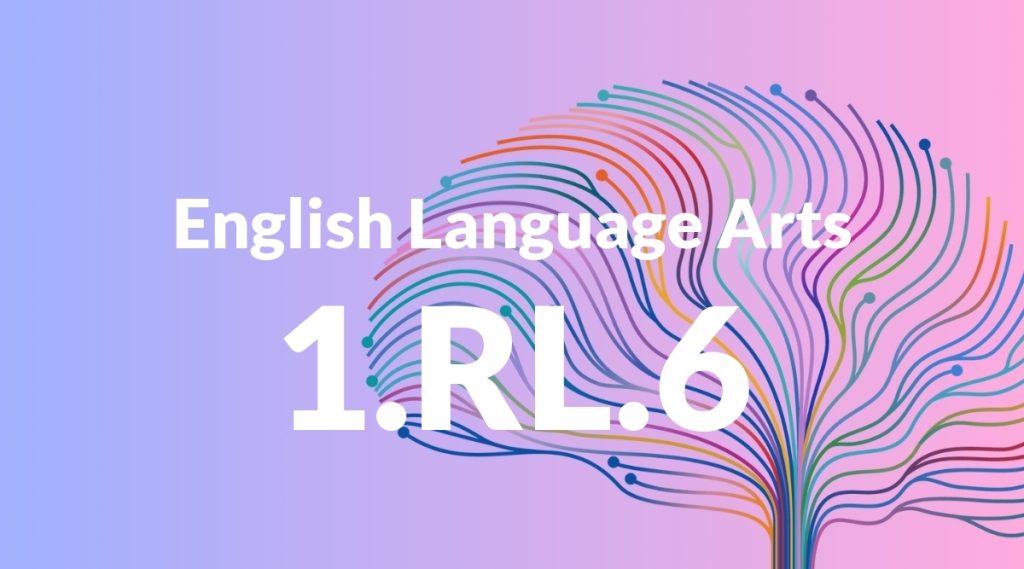Standard: 1.RL.6 – Identify who is telling the story at various points in a text.
Grade level: Grade 1
Subject: English Language Arts
Domain: Reading: Literature
Teacher Overview
This standard focuses on helping students identify who is telling the story at various points in a text. Understanding the narrator’s role is crucial for comprehending the story’s perspective and meaning. Mastery of this skill will enhance students’ overall reading comprehension and analytical abilities. Students should already know what a story is and be familiar with basic story elements such as characters, setting, and events. They should also understand the concept of a narrator and have some practice listening to stories where the narrator is identified.
After mastering this standard, students will move on to analyzing more complex texts. They will identify shifts in narration and understand how the narrator’s perspective influences the story, supporting their ability to comprehend and interpret literature in higher grades.
Common Misconception 1
A common misconception is that the narrator is the main character. This is incorrect because the narrator can be an outside voice or another character who is not the main protagonist. Clarifying this distinction helps students better understand the story’s perspective.
Intervention 1
To address this misconception, use think-aloud strategies to differentiate between the narrator and the main character. Highlight textual clues that indicate who the narrator is and discuss these clues with the students.
Common Misconception 2
Another common misconception is that the narrator is always the author. This is incorrect because the narrator can be a fictional character created by the author. Understanding this helps students appreciate the creative process behind storytelling.
Intervention 2
Introduce books where the author and narrator are clearly distinct. Discuss the roles of each during guided reading sessions, and use examples to show how the narrator’s perspective differs from the author’s.
Prerequisite Knowledge
Students should have a basic understanding of what a story is, including characters, setting, and events. They should also be familiar with the concept of a narrator and have some experience listening to stories where the narrator is clearly identified.
Subsequent Knowledge
After mastering this standard, students will be able to analyze more complex texts, identifying shifts in narration and understanding how the narrator’s perspective influences the story. This foundational skill will support their ability to comprehend and interpret literature in higher grades.
Instructional Activities
- Read a picture book aloud and pause to ask students who is telling the story.
- Use puppets or props to represent different narrators and have students identify them during storytelling.
- Create story maps that indicate the narrator at different points in the story.
- Watch short animated stories and discuss who the narrator is.
- Conduct group discussions where students share their thoughts on the narrator’s role in different stories.




